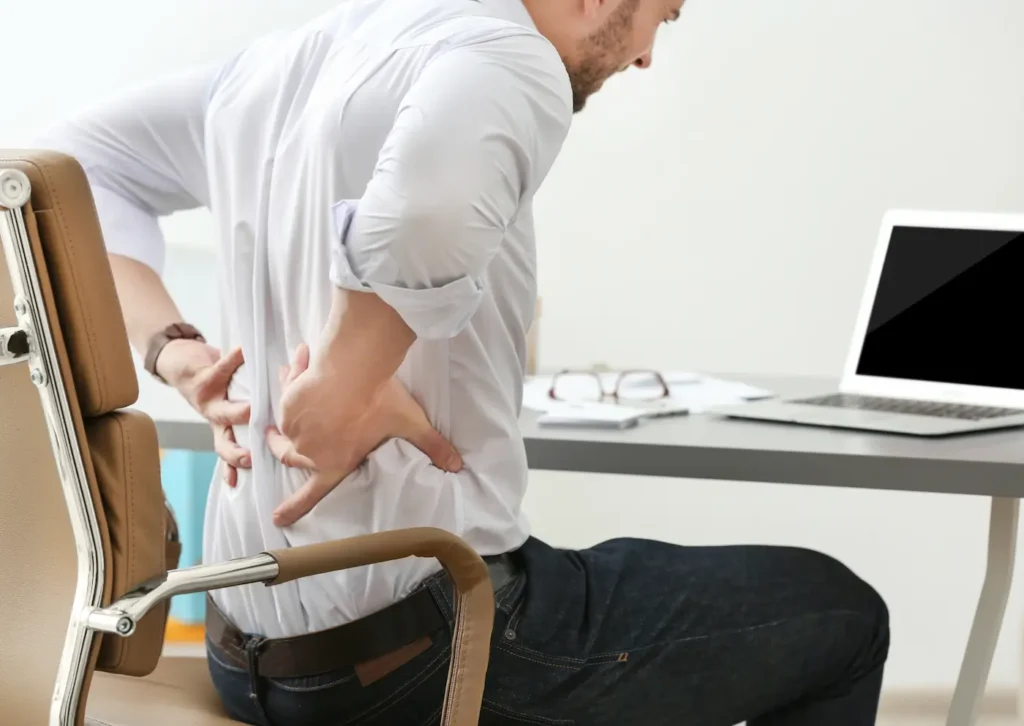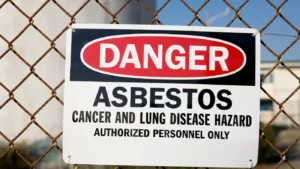If you’ve been injured at work, it’s natural to want answers fast. Sometimes, that can mean expecting an immediate scan. But at Phoenix Occupational Medicine, we don’t always rush to order imaging like MRIs or CT scans. Here’s why that decision is intentional, and how our approach leads to better outcomes, often with less waiting and worry.
Why Imaging Isn’t Always the First Step
Imaging can play a major role in injury diagnosis and management, but it’s not always the right place to start.
Many soft tissue injuries, including sprains, strains, and joint complaints, can be accurately diagnosed through clinical evaluation alone. This includes a detailed medical history and a hands-on physical examination.
At Phoenix Occupational Medicine, our Occupational and Environmental Physicians (OEPs) are trained to make precise assessments using these traditional (but still gold-standard) tools.
“While imaging can be very helpful, it’s not always the right place to start,” says Dr Angus Forbes. “Many injuries can be accurately diagnosed through a good clinical evaluation, which includes taking a detailed history and performing a physical exam.”
By prioritising clinical judgment, we’re able to offer timely, personalised treatment plans without unnecessary delays or costs associated with overused scans.
Risks of Relying on Imaging Too Soon
While it might seem reassuring to “get a scan and be sure,” early imaging isn’t always helpful. In fact, in some cases, it can even complicate recovery.
“Relying too much on imaging early on can sometimes do more harm than good,” explains Dr Sid O’Toole. “We often see scans picking up incidental findings—things that aren’t actually causing the patient’s symptoms. That can lead to unnecessary tests or treatments, and it often causes stress for the patient.”
Key concerns with early or unnecessary imaging:
- Overdiagnosis: Findings like degenerative disc changes or mild joint wear may look concerning but are often part of normal ageing and not the cause of pain.
- Patient anxiety: Incidental findings can lead to worry, second opinions, or treatments that aren’t needed.
- Delays in treatment: Waiting for scan results may slow down the early, active management that many soft tissue injuries require for effective recovery.
“If we wait for imaging before starting treatment, it can slow down recovery,” says Dr Forbes. “For some injuries, early and active management is key to a quicker and more complete return to function.”
When Imaging Is Appropriate
Of course, there are times when imaging is absolutely warranted, and our team knows when to use it.
Imaging is typically recommended when:
- There are red flags (e.g. suspected fractures, ligament tears, or neurological symptoms)
- The injury is not improving with conservative treatment
- The imaging results will change the treatment plan
“We use imaging when the findings will actually change what we do next,” explains Dr O’Toole. “Otherwise, we rely on our clinical skills to guide diagnosis and treatment, which is often faster, safer, and just as effective.”
Dr Forbes adds: “Imaging absolutely has its place—especially when we suspect something more serious, or if the patient isn’t improving as expected. But it should support our clinical judgment, not replace it.”
In short, imaging is used thoughtfully and deliberately, never as a default.
Injury Management via Telemedicine
Thanks to modern telehealth capabilities, Phoenix Occupational Medicine can assess, triage, and manage many injuries remotely without sacrificing care quality.
During a telemedicine consultation, our doctors:
- Take a comprehensive clinical history
- Guide patients through targeted movements and function checks
- Assess severity and functional impact
- Determine whether imaging or in-person follow-up is required
This model allows us to act quickly, often initiating treatment pathways the same day, and arrange imaging only when clinically justified.
Patients may be surprised at how much can be done virtually. When a scan or hands-on examination is necessary, we’ll arrange timely access through our broader provider network.
To learn more about how we manage injuries remotely, explore our telemedicine services.
What Patients Can Expect from Our Approach
At Phoenix Occupational Medicine, we’re committed to making injury care as clear and stress-free as possible. If we don’t order a scan straight away, it’s because:
- Your symptoms can be diagnosed with confidence through a clinical exam
- We’re focused on improving function, not chasing incidental findings
- Avoiding unnecessary delays helps you recover faster and return to work sooner
“Trust the process,” says Dr Forbes. “If we don’t order a scan right away, it’s because we believe it’s in your best interest to take a hands-on, clinically focused approach first.”
And if imaging becomes necessary at any point in your care, we’ll explain why with clarity and professionalism.
To discuss an injury or book a consult, learn about our injury management service or contact us directly.
Key Takeaways
- Imaging isn’t always the first step in injury care, and that’s by design.
- Overusing scans can lead to unnecessary stress, overdiagnosis, and treatment delays.
- Clinical evaluation is often faster, safer, and just as effective for many workplace injuries.
- Phoenix Occupational Medicine offers specialist-led care, with fast access to OEPs and tailored treatment plans via telemedicine or in person.
- If you’ve been injured at work and want expert guidance without unnecessary delays, get in touch with Phoenix Occupational Medicine today.
Information provided is general only and should not be construed as legal or medical advice. We recommend that readers seek advice for their specific circumstances.




